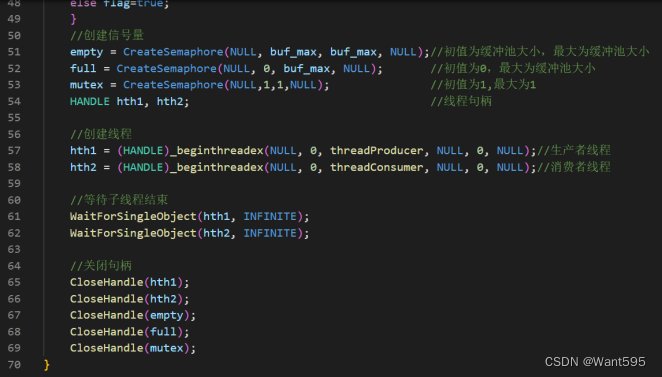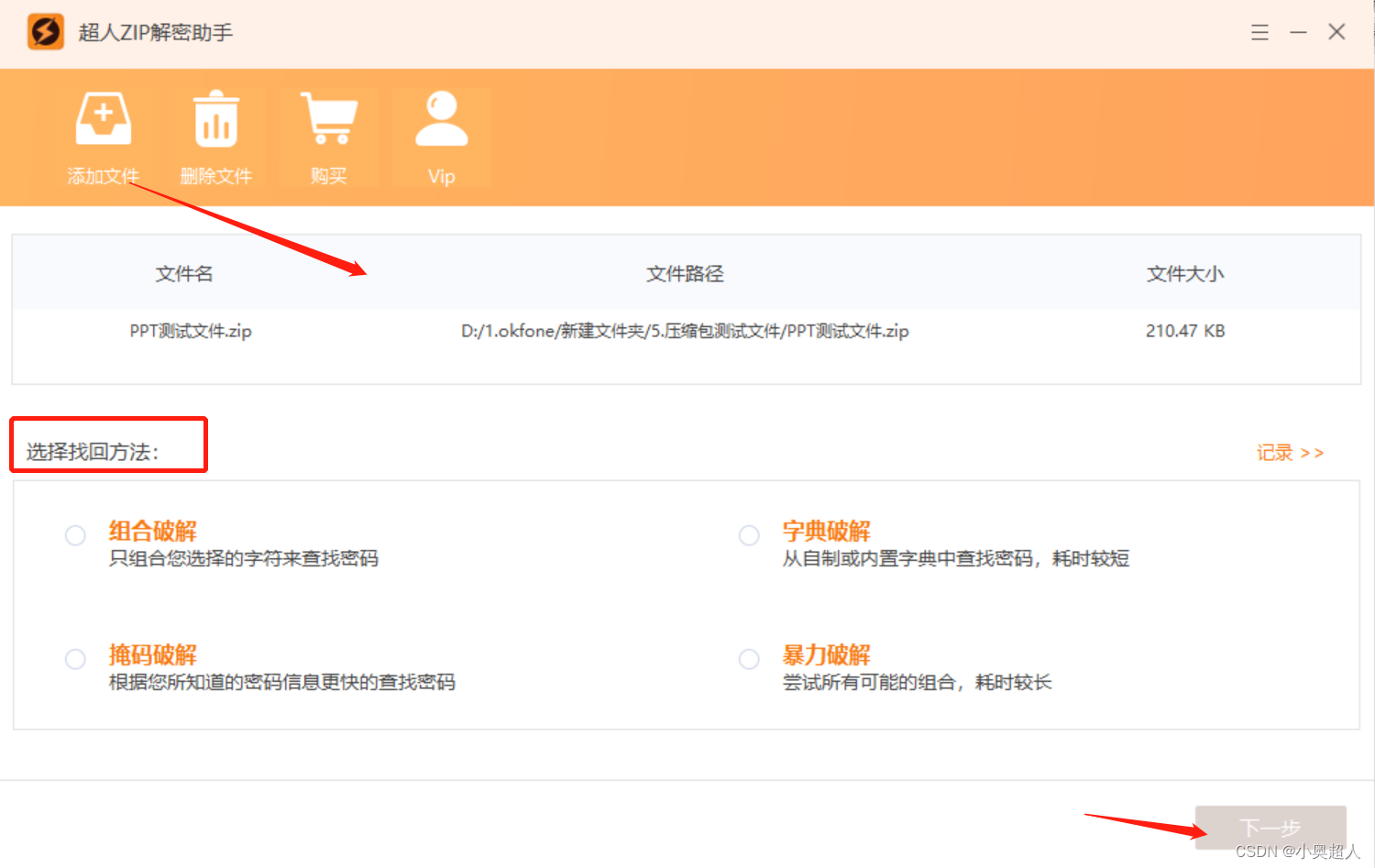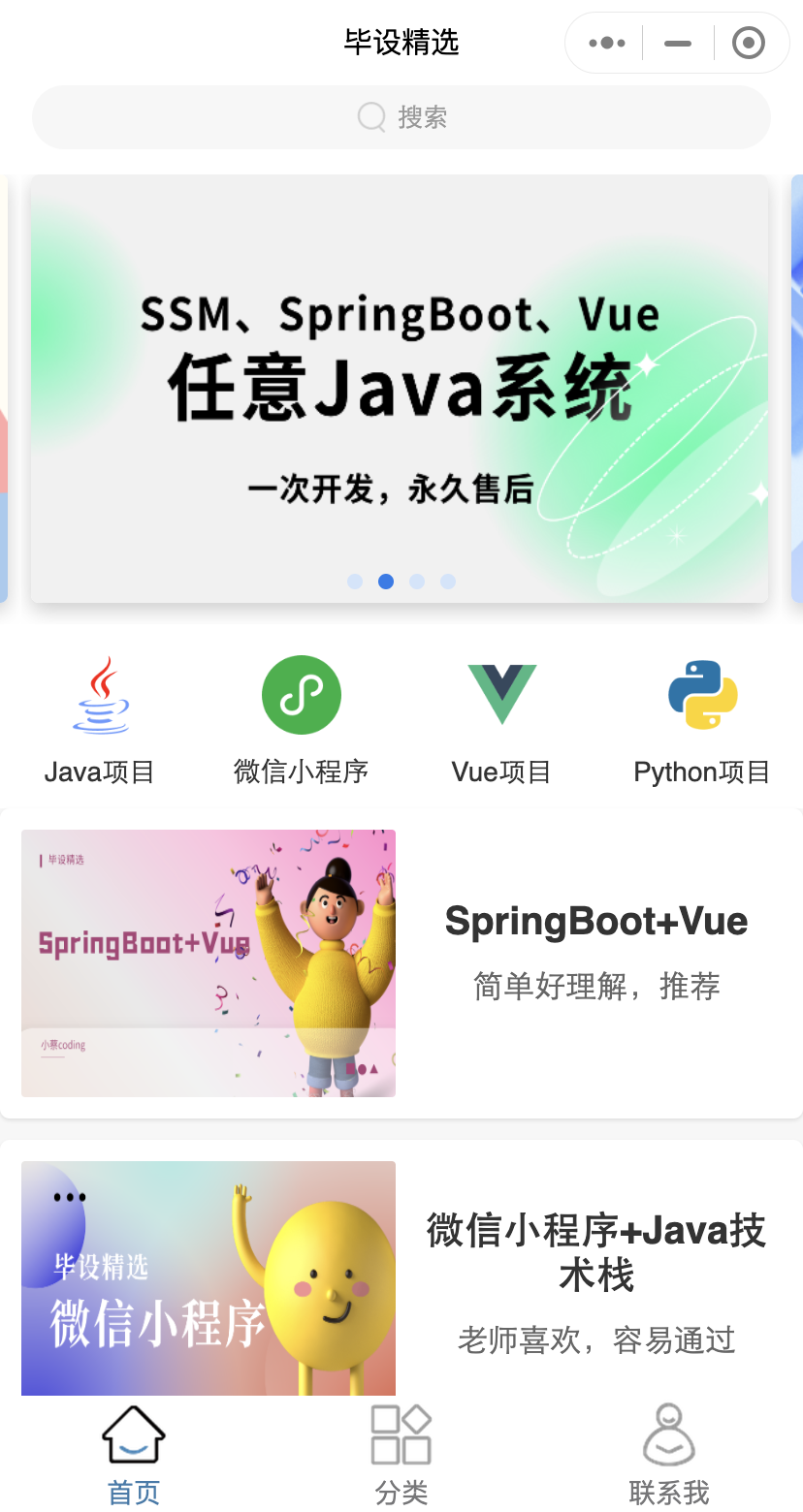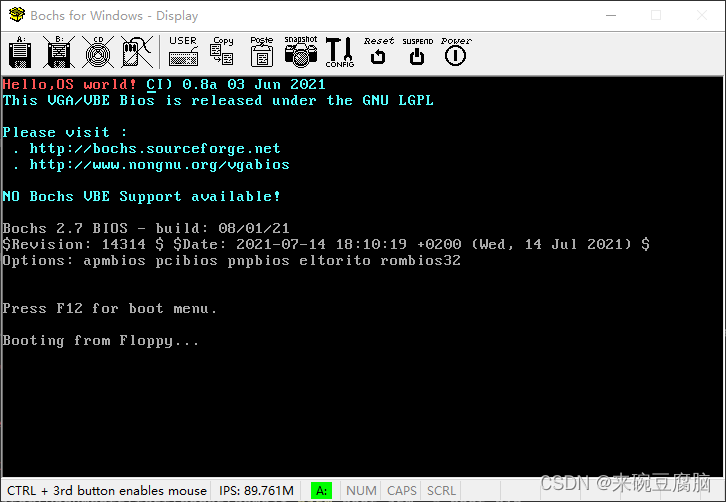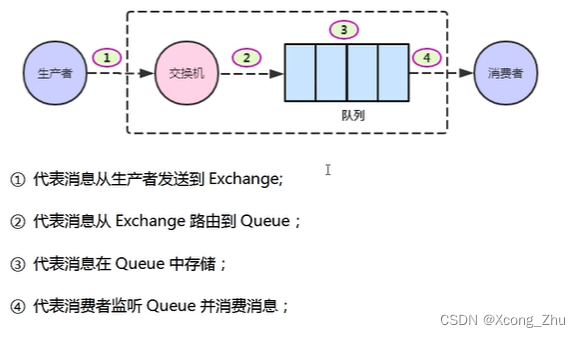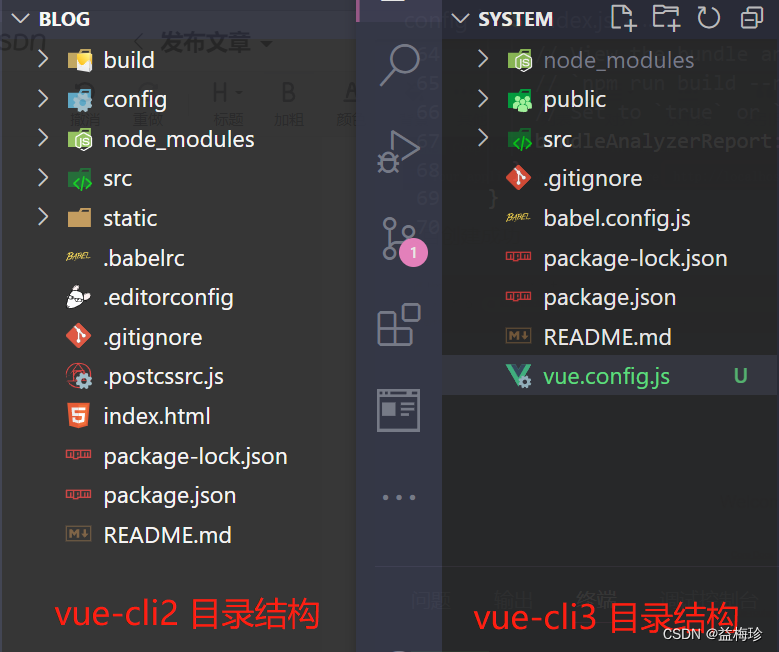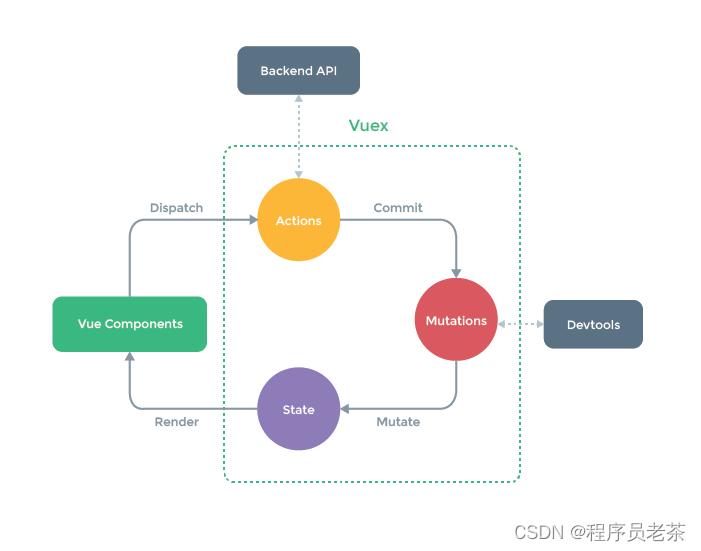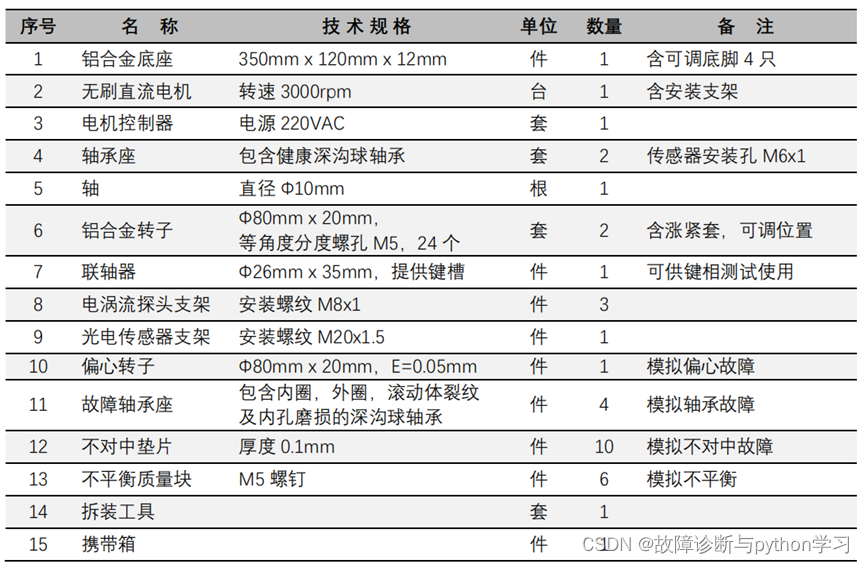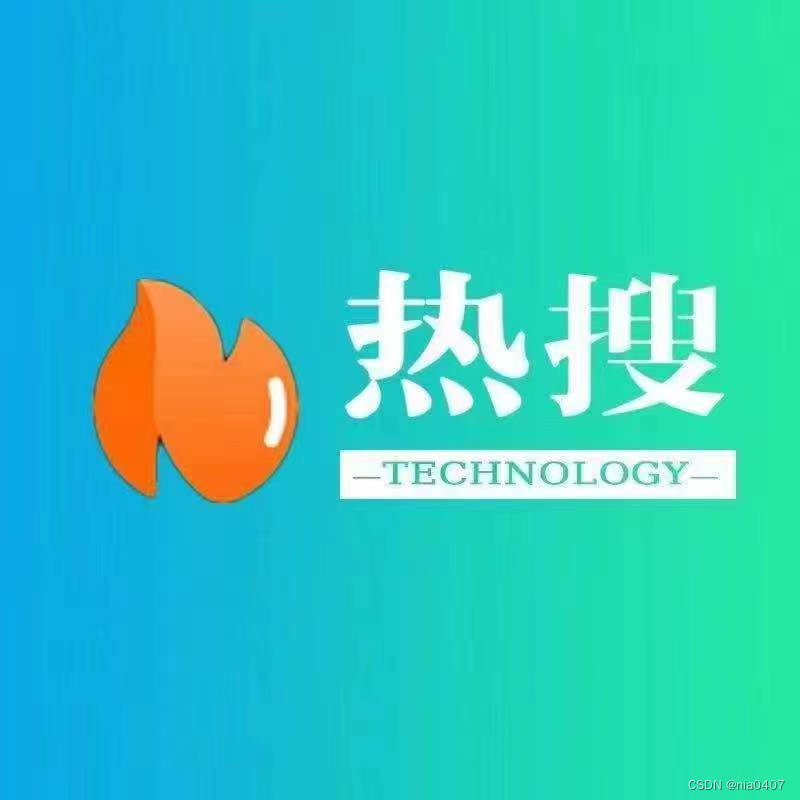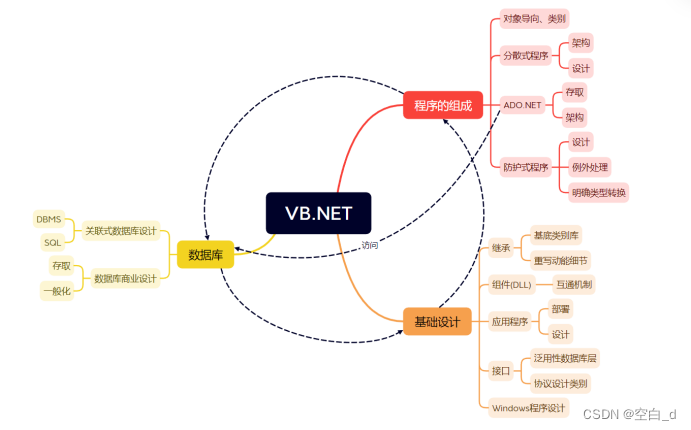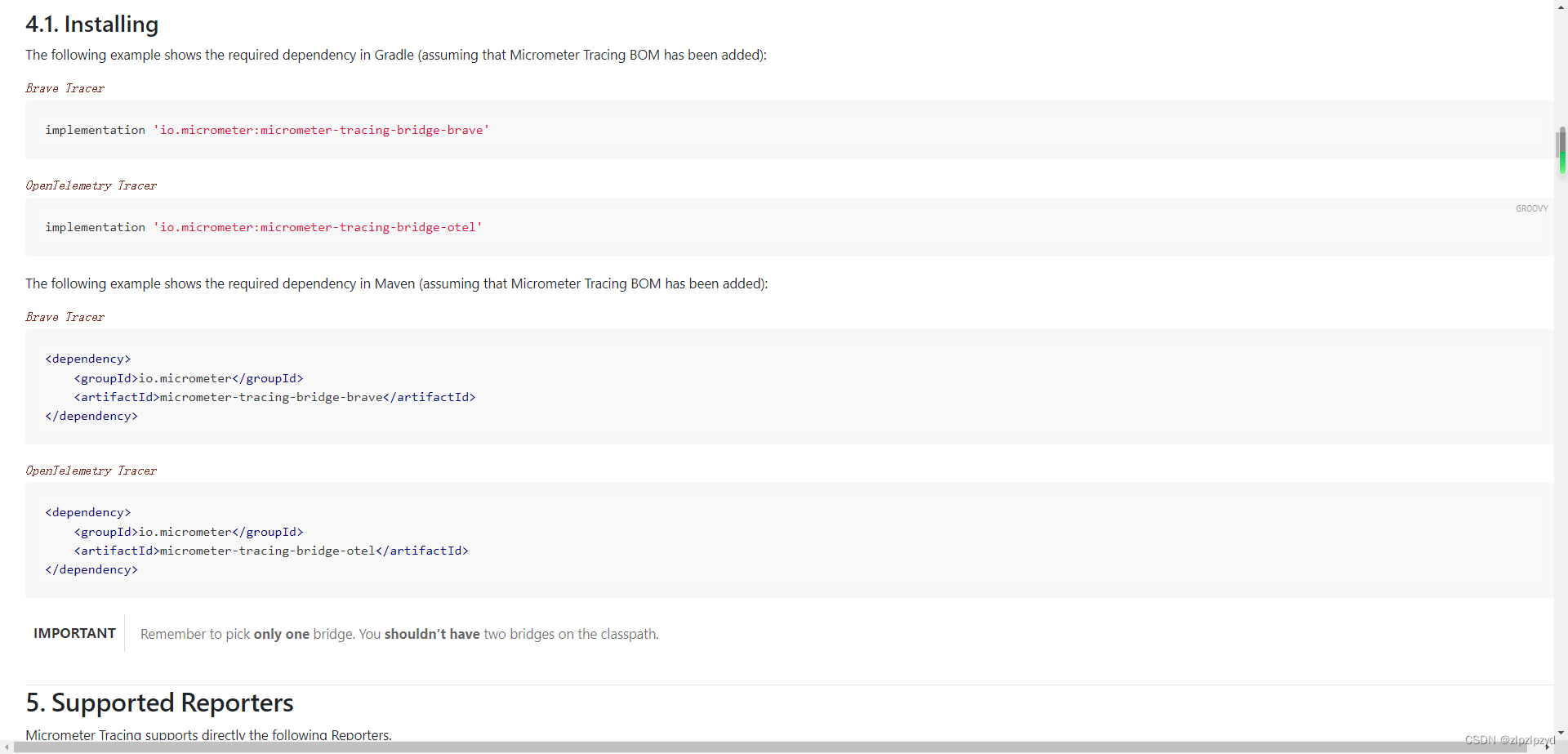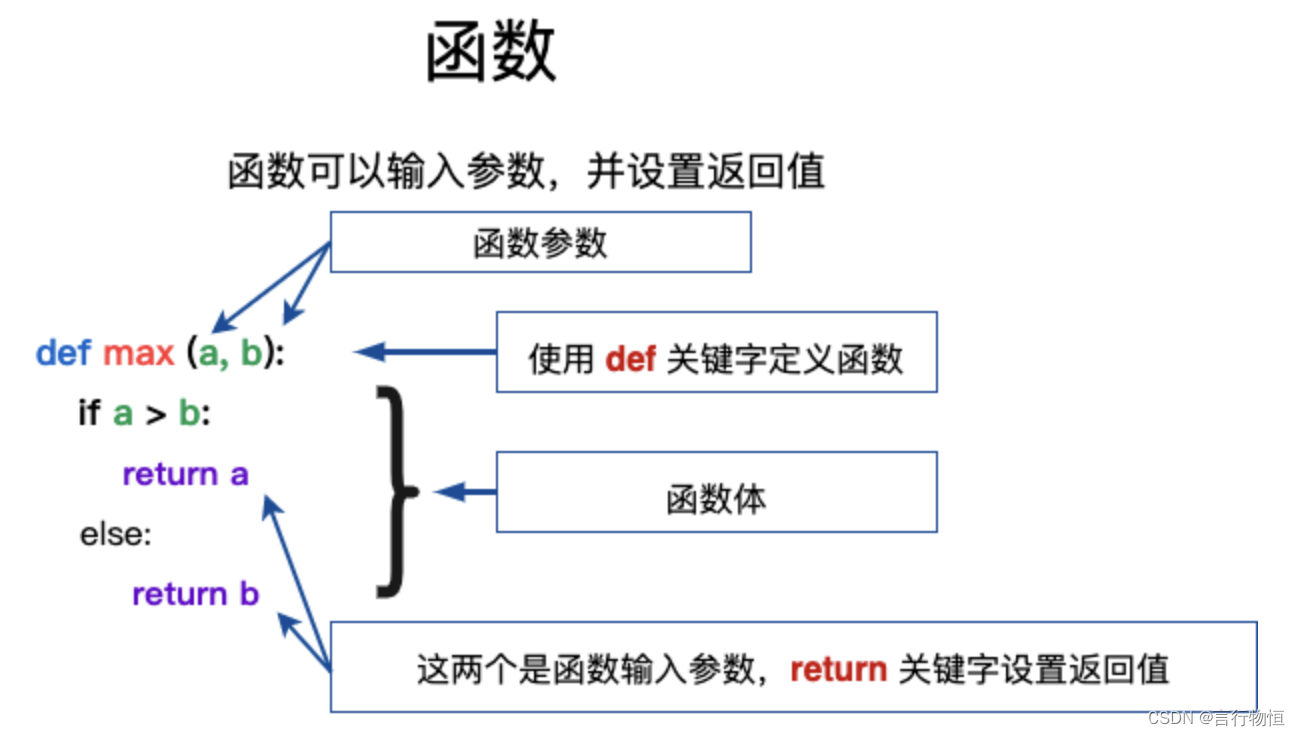public class Runtime {
private static final Runtime currentRuntime = new Runtime ( ) ;
private static Version version;
public static Runtime getRuntime ( ) {
return currentRuntime;
}
private Runtime ( ) { }
. . .
}
public class public abstract class VFS {
private static class VFSHolder {
static final VFS INSTANCE = createVFS ( ) ;
@SuppressWarnings ( "unchecked" )
static VFS createVFS ( ) {
return vfs;
}
}
public static VFS getInstance ( ) {
return VFSHolder . INSTANCE ;
}
}
@Slf4j
public class TestReflectSingleton {
private static volatile TestReflectSingleton instance;
private TestReflectSingleton ( ) { }
public static TestReflectSingleton getInstance ( ) {
if ( instance == null ) {
synchronized ( TestReflectSingleton . class ) {
if ( instance == null ) {
instance = new TestReflectSingleton ( ) ;
}
}
}
return instance;
}
public static void main ( String [ ] args) {
Class < TestReflectSingleton > = TestReflectSingleton . class ;
try {
Constructor < TestReflectSingleton > = cls. getDeclaredConstructor ( ) ;
constructor. setAccessible ( true ) ;
TestReflectSingleton instance1 = TestReflectSingleton . getInstance ( ) ;
TestReflectSingleton instance2 = constructor. newInstance ( ) ;
boolean flag = instance2 == instance1;
log. info ( "flag -> {}" , flag) ;
log. info ( "flag -> {}" , flag) ;
} catch ( NoSuchMethodException e) {
throw new RuntimeException ( e) ;
} catch ( InvocationTargetException e) {
throw new RuntimeException ( e) ;
} catch ( InstantiationException e) {
throw new RuntimeException ( e) ;
} catch ( IllegalAccessException e) {
throw new RuntimeException ( e) ;
}
}
}
@Slf4j
public class TestReflectSingleton {
private static volatile TestReflectSingleton instance;
private TestReflectSingleton ( ) {
if ( instance != null ) {
throw new RuntimeException ( "实例:【" + this . getClass ( ) . getName ( ) + "】已经存在,该实例只被实例化一次!" ) ;
}
}
public static TestReflectSingleton getInstance ( ) {
if ( instance == null ) {
synchronized ( TestReflectSingleton . class ) {
if ( instance == null ) {
instance = new TestReflectSingleton ( ) ;
}
}
}
return instance;
}
public static void main ( String [ ] args) {
Class < TestReflectSingleton > = TestReflectSingleton . class ;
try {
Constructor < TestReflectSingleton > = cls. getDeclaredConstructor ( ) ;
constructor. setAccessible ( true ) ;
TestReflectSingleton instance1 = TestReflectSingleton . getInstance ( ) ;
TestReflectSingleton instance2 = constructor. newInstance ( ) ;
boolean flag = instance2 == instance1;
log. info ( "flag -> {}" , flag) ;
log. info ( "flag -> {}" , flag) ;
} catch ( NoSuchMethodException e) {
throw new RuntimeException ( e) ;
} catch ( InvocationTargetException e) {
throw new RuntimeException ( e) ;
} catch ( InstantiationException e) {
throw new RuntimeException ( e) ;
} catch ( IllegalAccessException e) {
throw new RuntimeException ( e) ;
}
}
}
@Slf4j
public class TestSerializeSingleton implements Serializable {
private static TestSerializeSingleton instance;
private TestSerializeSingleton ( ) { }
public static TestSerializeSingleton getInstance ( ) {
if ( instance == null ) {
instance = new TestSerializeSingleton ( ) ;
}
return instance;
}
public static void main ( String [ ] args) {
String url = "DesignPatterns/src/main/resources/singleton.txt" ;
TestSerializeSingleton singleton = TestSerializeSingleton . getInstance ( ) ;
FileOutputStream fos = null ;
ObjectOutputStream oos = null ;
FileInputStream fis = null ;
ObjectInputStream ois = null ;
try {
fos = new FileOutputStream ( url) ;
oos = new ObjectOutputStream ( fos) ;
oos. writeObject ( singleton) ;
fis = new FileInputStream ( url) ;
ois = new ObjectInputStream ( fis) ;
Object o = ois. readObject ( ) ;
log. info ( "他们是同一个实例吗?{}" , o == singleton) ;
} catch ( FileNotFoundException e) {
throw new RuntimeException ( e) ;
} catch ( IOException e) {
throw new RuntimeException ( e) ;
} catch ( ClassNotFoundException e) {
throw new RuntimeException ( e) ;
} finally {
try {
if ( fos != null ) {
fos. close ( ) ;
}
if ( oos != null ) {
oos. close ( ) ;
}
if ( fis != null ) {
fis. close ( ) ;
}
if ( ois != null ) {
ois. close ( ) ;
}
} catch ( IOException e) {
throw new RuntimeException ( e) ;
}
}
}
}
public Object readResolve ( ) {
return instance;
}
封装、继承、多态 。单例将构造私有化,直接导致的结果就是,他无法成为其他类的父类,这就相当于直接放弃了继承和多态的特性,也就相当于损失了可以应对未来需求变化的扩展性,以后一旦有扩展需求,我们不得不新建一个十分【雷同】的单例。





